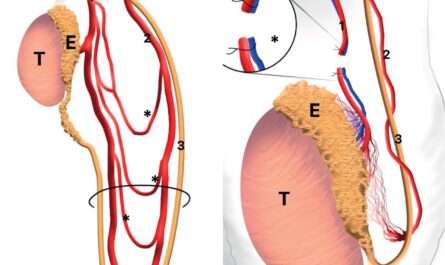The Global Raman Spectroscopy Market is estimated to be valued at US$ 1.18 Billion In 2023 and is expected to exhibit a CAGR of 7.6% over the forecast period 2023 – 2030, as highlighted in a new report published by Coherent Market Insights.
Market Overview:
Raman spectroscopy is a spectroscopic technique used to observe vibrational, rotational, and other low-frequency modes in a system. It relies on inelastic scattering, or Raman scattering, of monochromatic light, usually from a laser in the visible, near infrared, or near ultraviolet range. The laser light interacts with molecular vibrations, phonons or other excitations in the system, resulting in the energy of the laser photons being shifted up or down. The shift in energy gives information about the vibrational modes in the system. Raman spectroscopy is commonly used in chemistry to provide a structural fingerprint by which molecules can be identified. It can also be used to identify and study different forms or polymorphs of molecules.
Market Dynamics:
One of the major drivers for the global Raman spectroscopy market is the wide usage of Raman spectroscopy in pharmaceutical applications. Raman spectroscopy enables rapid, reliable, non-destructive analysis of pharmaceutical raw materials and finished products, without any sample preparation. It is used for polymorph screening, purity analysis, and identification of counterfeit drugs. Another driver is the growing adoption of Raman spectroscopy by biotechnology companies for applications such as identification of proteins, nucleic acids and other macromolecules. Raman spectroscopy provides sensitive molecular fingerprinting for biomedical research and clinical applications like disease diagnostics. However, the requirement of skilled professionals to operate Raman spectrometers and interpret Raman spectra is a challenge for the market.
Segment Analysis
The global Raman Spectroscopy Market is segmented based on product type and application. Based on product type, the instruments segment dominated the market in 2023 and accounted for the largest share. This is because Raman spectroscopy instruments find wide application in various industries including pharmaceutical, life sciences, material science, and semiconductor due to its non-destructive analysis capability.
PEST Analysis
Political: The government regulations regarding environmental safety, food quality testing, and drug development have increased the demand for more advanced analytical tools like Raman spectroscopy.
Economic: The global Raman spectroscopy market size is expected to grow with a CAGR of 7.6% during 2023-2030 to reach US$ 1.18 billion due to increasing investments in life science and pharmaceutical R&D.
Social: With rising health awareness, people are seeking non-invasive diagnostic methods for various diseases which is fueling the demand for Raman spectroscopy systems in the healthcare sector.
Technological: Advancements in laser, detector, and software technologies have enhanced the sensitivity, speed, and accuracy of Raman spectroscopy systems, enabling new applications in the cosmetics, forensic and art preservation fields.
Key Takeaways
The global Raman spectroscopy market is expected to witness high growth, exhibiting CAGR of 7.6% over the forecast period, due to increasing investments in R&D activities across various industries including pharmaceutical, life sciences, and material science.
Regionally, North America dominated the Raman spectroscopy market in 2023 and is expected to maintain its leading position during the forecast period. This is attributed to strong government funding for biomedical research and growing life science sector in the region.
Asia Pacific is projected to be the fastest growing regional market between 2023-2030. This is owing to increasing demand from China, India and other emerging countries driven by expanding pharmaceutical industry and rapid economic development.
Key players operating in the Raman spectroscopy market are Thermo Fisher Scientific, Bruker Corp, Renishaw plc, Horiba Ltd, JASCO Corp, Shimadzu Corp, Kaiser Optical Systems, Inc, PerkinElmer Inc, JEOL Ltd, and Agilent Technologies. Major players are focusing on developing advanced products and expanding geographical reach through collaborations and partnerships to strengthen their market position.




